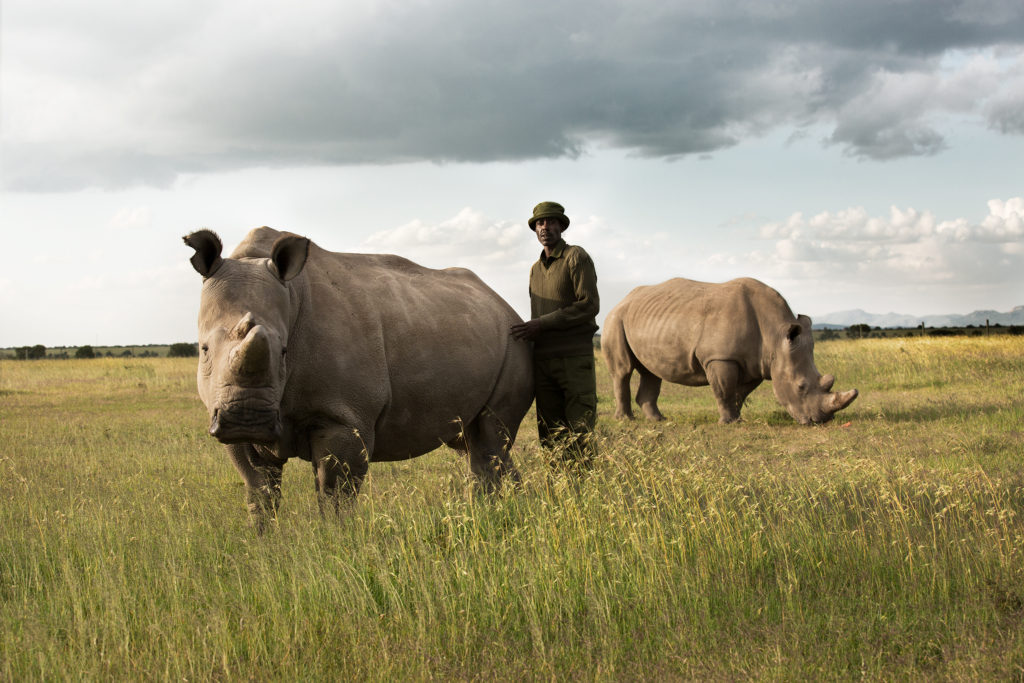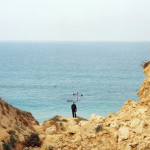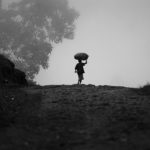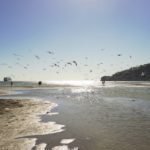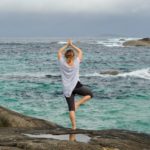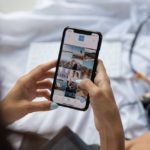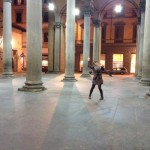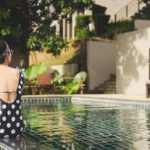Endangered Animals and the Human Condition: A Conversation with Tierney Farrell
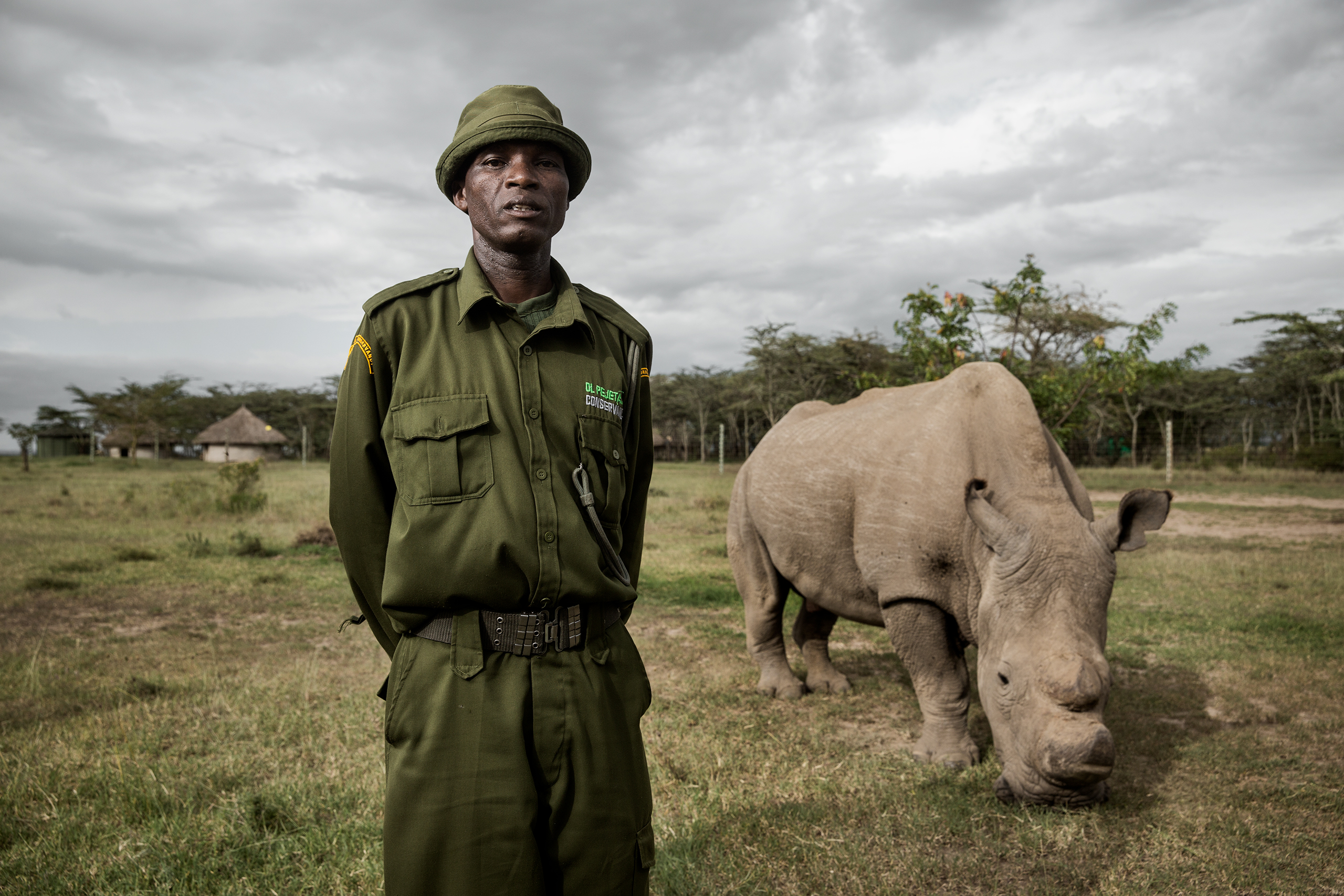
Tierney Farrell is a photographer and traveler who is steadily gaining recognition for her travel photography, portraiture and wildlife work. Pink Pangea spoke to her about how she became interested in photography, how she has gained recognition, and what it’s like photographing some traditionally male-dominated subjects.
Tell us about your path to photography, and especially to the documentary style of photography you do today? What was the first photo you took with a “photographer” mindset?
I searched a long time for something that satisfied my artistic side as well as my social/interactive side. I went through interior design school and ended up working in advertising a couple years after I graduated from college, which ultimately led me to the photography world. I remember being on a photo shoot for the agency I worked for thinking, “I could do this.” Like any young dreamer, the possibilities of what I could do with photography started exploding in my head. I quit my job soon after to pursue photography and watched every tutorial I could find to start learning. It was a pretty abrupt start.
I was extremely fortunate to have some unique opportunities to do international photography early on, which came through personal connections. My first experience was with the Samburu Tribe in Kenya in 2013; that was the first time I felt something close to a ‘real’ photographer, although I was still super new. I watched several tutorials leading up to that trip to be as prepared as I could for such a rare opportunity. I was still learning how to use my camera and light setup about a week before.
While in Kenya, I immediately recognized that this type of photography was something I was extremely passionate about. I wanted to do more of it, and was incredibly fortunate to have several more opportunities in the proceeding years in places like India and Israel. They were all quite different, but I learned a lot from the things that worked and the things that didn’t.
The project that I just completed in Kenya was the most amazing learning experience and opportunity I’ve had so far. I went with an exceptionally talented crew to work on a documentary film, When Lambs Become Lions, where I did an independent photo project of the wildlife rangers we worked with. I was introduced to the storytelling side, and my passions grew even deeper for this kind of work. The overall project made me want to do more in-depth series with raw stories behind them. I learned a lot from the crew and their work style, which has influenced the direction I envision for my future.
Your photos pack a fascinating mix of rawness and, if I may say so glamour, a polished look. How has your artistic sight evolved?
I am drawn to photography portraits that have a very masterful, dramatic and strong style. I think that can look a lot of ways, and can often come in the form of vulnerability. In general, I’m inspired by the strength found in vulnerability and the integrity that persists through challenging situations. I enjoy the artistic side of making each photo special by putting thought into on-location lighting, setting and composition, as well as post-processing. I prefer to have fewer photos that I spend a lot of time on, rather than a large number of photos that I spend less time on. I would like to develop growth in creating images that have more movement and a candid feel, while maintaining a “high-end” type of quality that I aim for in the intentional portraits.
Can you describe your creative process? Do you research your subjects and draw frames or shoot “in the moment”?
Before a project, I spend most of my time researching the subject. Doing your homework is essential for understanding how to interact with someone. I like the quote, “You have to know the past to understand the present.” While that can’t always be fully understood, you can learn enough to be appropriately sensitive and aware. It’s also respectful to come prepared with an awareness of the people who are sharing a piece of their lives with you.
Artistically speaking, I like to look at inspiring images leading up to the project, but I don’t spend a lot of time doing that because I want my brain to be a blank canvas while intentionally not committing to anything I’ve already seen. I think about what mood and setting I want to go for in general, which influences the gear I bring, but specific shot ideas happen when I’m there. Over-planning for this type of thing is stifling. The whole point is to capture authenticity; you can’t know what that even means until you are there. Doing your homework and coming prepared gives your mind the freedom to be creative while in the moment.
What did you do to get noticed by National Geographic? Was it your goal or a strike of luck?
When I do any type of international portrait photography, the goal is to create compelling and beautiful work because I care about the people and issues, and I want to do my best representing the beauty that I’m witnessing in-person. I’m always engaged with the now. I never go into anything thinking about what kind of recognition I could get from something; that type of approach would be distracting and saturated with self-interest, which would be completely counterproductive. Of course, it’s my dream to be noticed by National Geographic, but it’s something I pursue after the fact.
After completing the work, I did everything I could to put it out there at the chance it would be picked up. I post photos on National Geographic “Your Shot,” a community where Nat Geo photographers, producers and editors select their favorite images to publish, win competitions, etc. When Nat Geo publishes photos, other organizations notice it as well and recognition snowballs. I’ve been very fortunate in that regard, but realize that it’s still a far cry from shooting for them.
During your Watchmen 20 project you explored the poaching crisis in Africa, a world dominated by men. Can you elaborate on the dynamics of your work there? How did you get those men to open up to you? What challenges have you faced and how you dealt with them?
With documentary work, it’s important to find a balance between having fun with your subjects, getting them to feel open, and also capturing their honest selves. People can act differently depending on who or how many people are around. Gender, individual personalities, age, and so on can all affect how people respond depending on culture, individual personalities etc. Chemistry between specific people is also challenging and unpredictable. Having a flexible personality with the ability to read people and engage accordingly is also really important. My team determined the best way to do this was to have small crews while filming. I was usually alone or with one other American while shooting.
To get the men to open up to me, I was just myself. I was really excited to be there and was very lighthearted and smiled a lot, which was probably disarming. I treated them with respect, but was also having fun and laughing with them. Through several international projects, I’ve learned that being genuine and open is so important. People can sense it even if you don’t speak the same language, which can affect their trust in you.
What was your experience like in Africa interacting with the last male northern white rhino in the world? What are your thoughts about the extinction or near extinction of many species brought about by the humankind?
It was very overwhelming and bittersweet. My eyes glazed over with tears when we pulled into Ol Pejeta Conservancy just thinking about how serious the situation was. I also felt really grateful to experience something so fleeting and historically significant. It was incredible seeing Sudan, the last male northern white rhino. The voices of his caretakers calmed him, making it safe for us to get close to him and touch him. I gave him a hug and felt his slow, heavy movements as he grazed across the grass. I felt so much love that I was sharing a moment with such a special animal.
The imminent extinction is obviously devastating. It’s one thing to hear about it, but another to “see” it firsthand. Having an opportunity to witness something like this, I feel a responsibility to do positively impact it. There’s something very heavy about being able to look at the last animals in existence of their kind, knowing it’s because of poaching. My heart breaks for the innocent animals, but I also think about the type of desperate situations a lot of the poachers must be in that leads them to the act. I can’t justify it in my head for any reason, so really I’m left feeling sad for everyone. It’s confusing when you empathize on both sides of a conflict.
What draws you to such countries as Kenya, Peru, India, Israel and Jordan?
I’m very interested and passionate about the human condition in these places. While you can find a powerful story anywhere, those countries have significant situations going on. I love discovering the unexpected stories of hope, joy and love that live among the conflict, because that’s not normally what outsiders see. They also seem like places that are so far from the superficial culture of the US, which feels polluting to me times. I’ve also always had a lot of empathy for people, so I find a great deal of fulfillment and connection by understanding things from others’ perspectives and opening my heart to them. On a more surface level, I love rich culture and passionate people. It’s fun and exciting.
As an international traveler and artist, what advice can you give to a community of female travelers and writers?
Traveling is certainly a privilege, and if you’re able, GO! I feel like I started to see who I really was once I was submerged into all of the elements of traveling, which has influenced my life through multiple facets.
Practically speaking, be really careful and aware of everything going on. As much as we want to think being female shouldn’t affect things, the truth is that it makes us more of a target when traveling. Be savvy to discern when someone’s being kind versus coaxing you into a situation to take advantage of you. Each traveling experience is something you’ll never be able to repeat, so take full advantage of it! Live in the now. It’s so easy to always be thinking of next steps and the future, but one day you’ll wish you’d been more aware of what you had back then that you don’t have now. I would say don’t get overly concerned with photos or something similar if it causes you to miss out on the present moment. Just be. And stay offline if possible.
Photos for Endangered Animals and the Human Condition: A Conversation with Tierney Farrell by Tierney Farrell.

